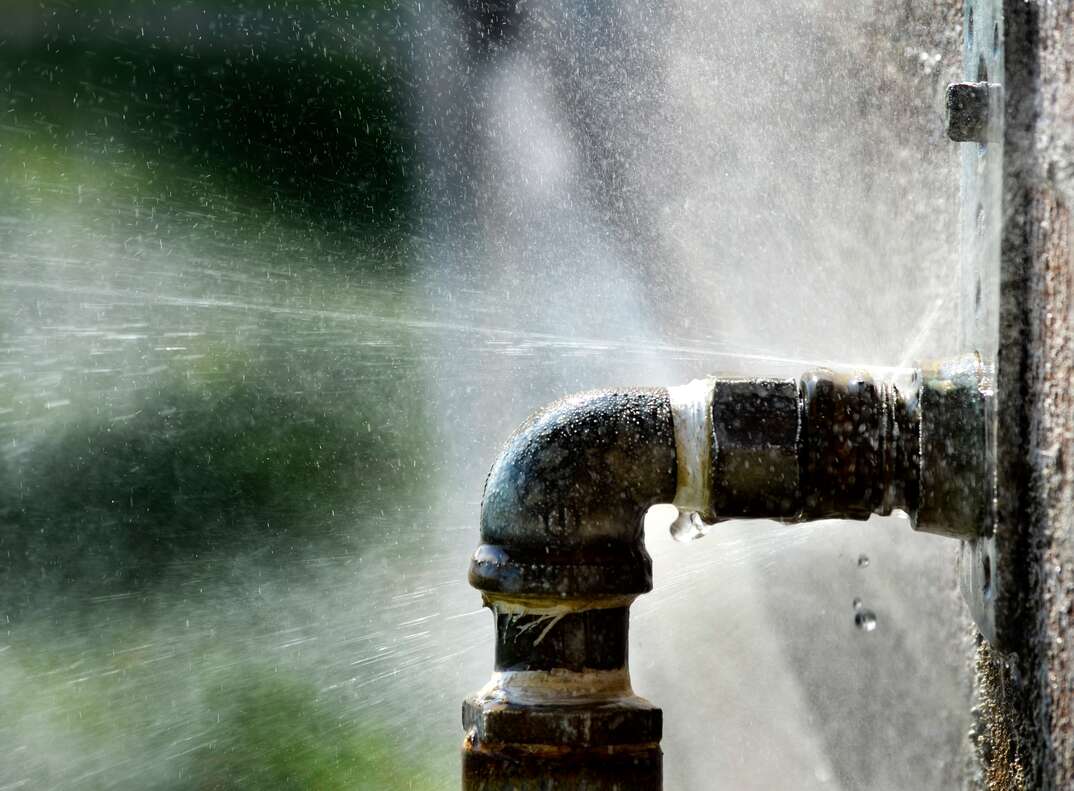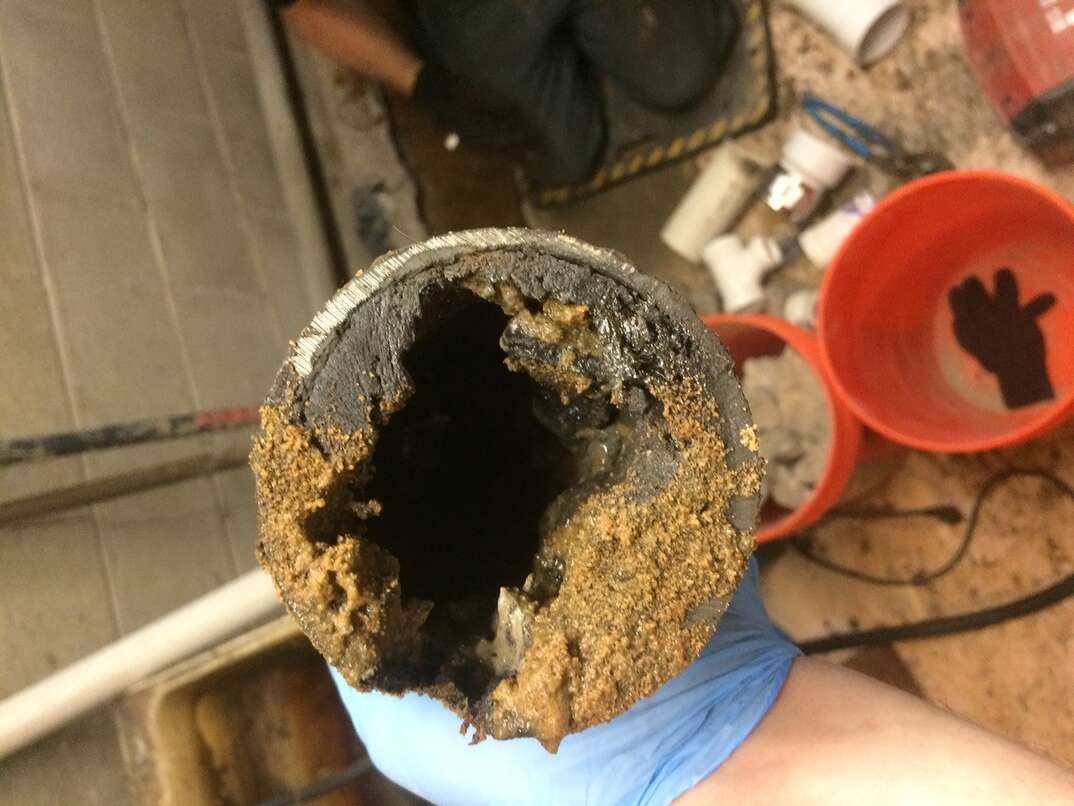8 Ways to Conserve Water in Your Home

Looking for ways to conserve water at home? Don't worry — you won't have to wear dirty laundry or skip showering for a week.
This May Also Interest You: How to Keep Your Lawn Green While Also Conserving Water
Simple steps can add up quickly, and you can help you do your part to cut your water consumption without a negative impact on your lifestyle.
What Are Some Reasons to Conserve Water?
Understanding the purpose of conserving water can help you stay motivated to lower your consumption. On a personal level, reducing water usage helps you save money on water bills. It might not seem like much, but a few dollars here and there are better left in your bank account. Less water usage also saves energy on things like pumping, filtering and heating water.
It also has an environmental impact. Fresh water sources on the planet are limited, so water conservation helps protect those resources. It ensures plants and animals have enough water to survive in their natural habitats. Some communities restrict water usage or ask residents to conserve water during times of drought. If you already use multiple ways to conserve water, you won't have any difficulty complying when necessary.
What Are Some Ways to Conserve Water Around Your House?
Every family's water consumption habits are different, so the ways to conserve water might also vary by household. Combining multiple conservation methods can shrink your water use even more.
1. Shut Off the Faucet
If you leave the water running while you brush your teeth, shave or handle other personal hygiene activities, start shutting it off. Only turn on the faucet when you're actively using the water. When you're showering, shorten the length if possible.
2. Replace Aerators and Shower Heads
By using low-flow shower heads and faucet aerators, you reduce how much water you use during routine tasks. They're designed to give you enough water pressure to do things like shower or wash your hands, while sending less water through. You can usually unscrew aerators and shower heads by hand, but you might need pliers if they're too tight. Low-flow models simply screw into place. Low-flow toilets can also help.
3. Wait for Full Loads
Dishwashers and washing machines make your life more convenient, but they can also waste water. Wait until you have a full load of dishes or clothes before running the appliance. With washing machines, you can often adjust the load size to reduce how much water is used on a smaller load. When you need to replace these appliances, look for energy-efficient, water-saving models.
More Related Articles:
- 10 Ways to Make Your Central Air Conditioner More Efficient
- What’s a Home Energy Audit and What Can it Tell You?
- 8 Home Efficiency Measure You Can Take This Earth Day
- Gimme a Tax Break: 5 Things to Know to Get the Latest HVAC Tax Credits and Rebates
- 15 Ways to Save on Your Electric Bill
4. Limit Washing
It's easy to grab the hose to wash off the driveway, sidewalks or vehicles, but you can also spray a lot of water down the drain with those activities. A push broom or leaf blower is an alternative for cleaning driveways and sidewalks. When washing your car, use a bucket of water instead of running the hose frequently. Some car washes recycle water, so taking your car there to wash it can help conserve water.
5. Time Irrigation Correctly
Irrigate your lawn and gardens only when you need to rather than on a regular schedule. Watering early in the morning is ideal to minimize water evaporation. Using mulch around planting beds can help hold moisture in the soil and minimize watering needs. Choosing native, drought-tolerant plants also helps you reduce landscaping water needs.
6. Rethink Food Preparation
Instead of leaving the faucet running while you rinse your produce, fill the sink with a few inches of water. You can clean the fruits and veggies in the water with a scrub brush while limiting how much water you use. Garbage disposals can also use a lot of water, so use them sparingly.
7. Fix Leaks
Plumbing leaks are a major source of wasted water. If you notice dripping pipes or suspect a leak, investigate and fix the issue quickly. An easy way to check for water leaks is to stop using any water for an hour. Check the water meter reading at the beginning and end of the hour. It shouldn't change if you don't use any water — if it does, you likely have a leak. You can check your toilet for leaks by squeezing a couple of drops of food coloring in the upper tank. If it's leaking, the coloring will get into the bowl relatively quickly.
8. Use the Rain
Collecting water in rain barrels is an easy way to conserve water. You can use the collected water in your gardens or to wash cars. Rain gardens can also help because they reduce water runoff and capture the natural moisture without the need for lots of supplemental watering. Before you put this tip in action, check with local authorities to ensure you can legally collect and use rainwater in your area.


